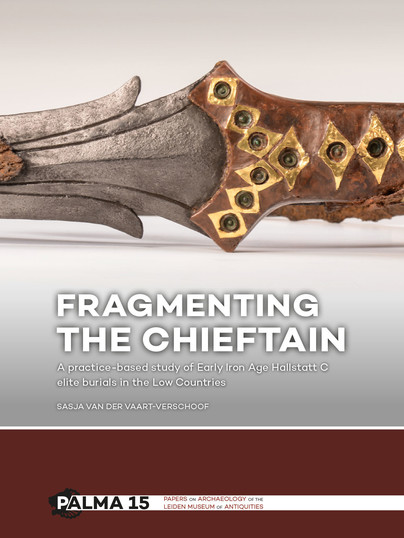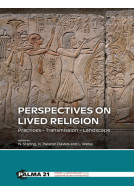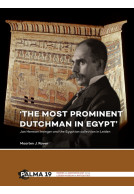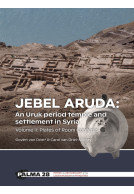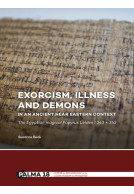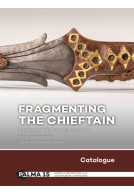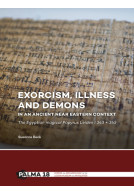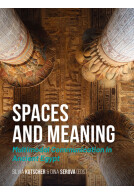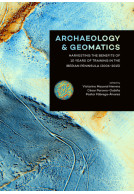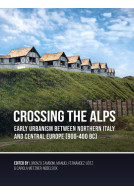Google Books previews are unavailable because you have chosen to turn off third party cookies for enhanced content. Visit our cookies page to review your cookie settings.
Fragmenting the Chieftain (Hardback)
A practice-based study of Early Iron Age Hallstatt C elite burials in the Low Countries
Imprint: Sidestone Press
Series: Papers on Archaeology of the Leiden Museum of Antiquities
Pages: 300
Illustrations: 39fc / 39 bw
ISBN: 9789088905124
Published: 15th December 2017
Script Academic & Professional
Series: Papers on Archaeology of the Leiden Museum of Antiquities
Pages: 300
Illustrations: 39fc / 39 bw
ISBN: 9789088905124
Published: 15th December 2017
Script Academic & Professional
You'll be £135.00 closer to your next £10.00 credit when you purchase Fragmenting the Chieftain. What's this?
+£4.99 UK Delivery or free UK delivery if order is over £40
(click here for international delivery rates)
Need a currency converter? Check XE.com for live rates
(click here for international delivery rates)
Need a currency converter? Check XE.com for live rates
There is a cluster of Early Iron Age (800–500 BC) elite burials in the Low Countries in which bronze vessels, weaponry, horse-gear and wagons were interred as grave goods. Mostly imports from Central Europe, these objects are found brought together in varying configurations in cremation burials generally known as chieftains’ graves or princely burials. In terms of grave goods they resemble the Fürstengräber of the Hallstatt Culture of Central Europe, with famous Dutch and Belgian examples being the Chieftain’s grave of Oss, the wagon-grave of Wijchen and the elite cemetery of Court-St-Etienne. .
Fragmenting the Chieftain presents the results of an in-depth and practice-based archaeological analysis of the Dutch and Belgian elite graves and the burial practice through which they were created. It was established that the elite burials are embedded in the local burial practices – as reflected by the use of the cremation rite, the bending and breaking of grave goods, and the pars pro toto deposition of human remains and objects, all in accordance with the dominant local urnfield burial practice. It appears that those individuals interred with wagons and related items warranted a more elaborate funerary rite, most likely because these ceremonial and cosmologically charged vehicles marked their owners out as exceptional individuals. Furthermore, in a few graves the configuration of the grave good set, the use of textiles to wrap grave goods and the dead and the reuse of burial mounds show the influence of individuals familiar with Hallstatt Culture burial customs.
A comprehensive overview of the Dutch and Belgian graves can be found in the accompanying Fragmenting the Chieftain – Catalogue. Late Bronze and Early Iron Age elite burials in the Low Countries.
Other titles in the series...
Other titles in Sidestone Press...







